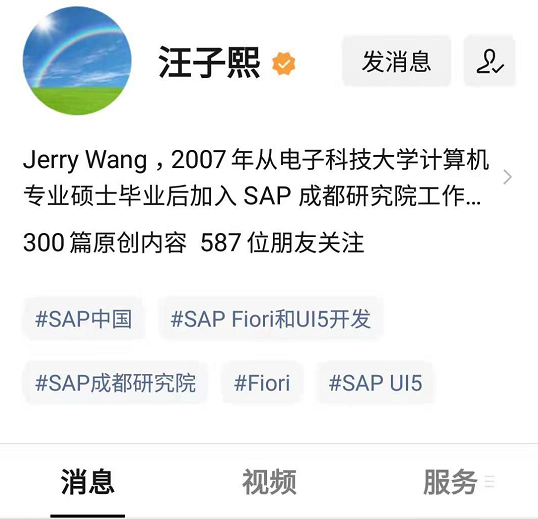State, effects, action, reducer are all in this folder:
The RouterState interface is defined in routing-state.ts:
Inherited from the RouterReducerState type in ngrx router, the type parameter is our custom ActivatedRouterStateSnapshot.
export interface ActivatedRouterStateSnapshot {
url: string;
queryParams: Params;
params: Params;
context: PageContext;
cmsRequired: boolean;
semanticRoute?: string;
}Look at an example:
interface myType<T,V>{
name: T,
value: V
};
interface jerryType extends myType<string, number>{
score: number;
}
const a: jerryType = {
name: 'Jerry',
value: 1,
score: 2
};The type of state is passed when the extension type of RouterReducerState needs to be defined:
BaseRouterStoreState type: There is only one url field:
Our custom ActivatedRouterStateSnapshot extends BaseRouterStoreState, and the first field is url:
Look at an example:
type jerryType = {
name: string
};
interface mySuperType<T extends jerryType>{
value: T
};
type superJerryType = {
score: number;
name: string;
}
let a: mySuperType<superJerryType> = {
value:{
score: 1,
name: 'Jerry'
}
};
console.log(a);More original articles by Jerry, all in: "Wang Zixi":







**粗体** _斜体_ [链接](http://example.com) `代码` - 列表 > 引用。你还可以使用@来通知其他用户。